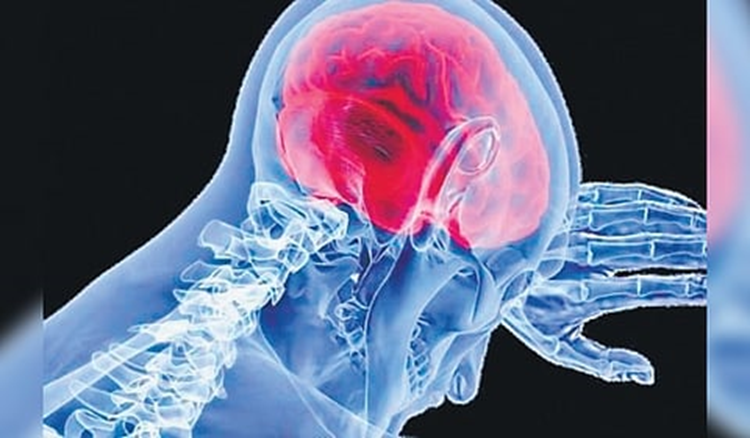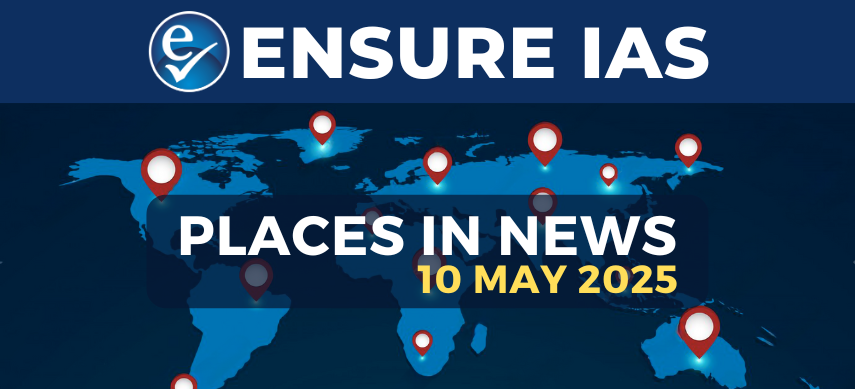- Courses
- GS Full Course 1 Year
- GS Full Course 2 Year
- GS Full Course 3 Year
- GS Full Course Till Selection
- Online Program
- GS Recorded Course
- NCERT (Recorded 500+ Hours)
- Polity Recorded Course
- Geography Recorded Course
- Economy Recorded Course
- AMAC Recorded Course
- Modern India, Post Independence & World History
- Environment Recoded Course
- Governance Recoded Course
- Science & Tech. Recoded Course
- International Relations and Internal Security Recorded Course
- Disaster Management Module Course
- Ethics Recoded Course
- Essay Recoded Course
- Current Affairs Recoded Course
- CSAT
- 5 LAYERED ARJUNA Mentorship
- Public Administration Optional
- ABOUT US
- OUR TOPPERS
- TEST SERIES
- FREE STUDY MATERIAL
- VIDEOS
- CONTACT US
Meningitis: WHO Releases First-Ever Guidelines for Diagnosis, Treatment, and Care
Meningitis: WHO Releases First-Ever Guidelines for Diagnosis, Treatment, and Care
16-04-2025
WHO launches first-ever guidelines on meningitis diagnosis

- The World Health Organization (WHO) has launched its first official guidelines on meningitis management.
- These guidelines align with the broader Defeating Meningitis by 2030 Global Roadmap, initiated in 2020.
Understanding Meningitis
- Meningitis is the inflammation of the protective membranes surrounding the brain and spinal cord.
- It remains a significant global public health threat, particularly in low- and middle-income countries.
- The condition can be of infectious or non-infectious origin, depending on the cause.
- Infectious meningitis is caused by bacteria, viruses, fungi, or parasites.
Transmission Pathways
- The mode of transmission varies depending on the specific pathogen.
- Most bacterial meningitis pathogens, such as meningococcus, pneumococcus, and Haemophilus influenzae, are commonly found in the human nose and throat.
- These bacteria can spread through respiratory droplets or close contact with an infected person.
Prevention and Control
- Vaccination is the most effective preventive measure against common bacterial forms of meningitis.
- Timely use of antibiotics also plays a crucial role in preventing complications and reducing mortality.
- Public health efforts focus on early diagnosis, vaccination coverage, and infection control practices.
|
Also Read |
|
| NCERT Books For UPSC | |
| UPSC Monthly Magazine | Best IAS Coaching in Delhi |



